Introduction
This article offers a comprehensive guide to antique and traditional pottery in Japan, including key historical kilns, famous artists, functional ware, and the enduring cultural value these objects hold today.
The Enduring Appeal of Antique Japanese Pottery
Antique Japanese pottery continues to captivate collectors and cultural enthusiasts due to its timeless beauty and deep historical roots. Pieces like the antique owan collection wooden lacquer bowls used for soups and rice offer insight into daily life in the Edo period. Other items, such as old Imari ware, showcase the intricate craftsmanship of porcelain exported to Europe during the 17th century.
These pieces are prized for their imperfections and signs of use, which are seen not as flaws but as a testament to their history. Collectors often seek items with a sense of *wabi-sabi*, a Japanese aesthetic that finds beauty in transience and imperfection.
Japanese Studio Pottery: Where Tradition Meets Art
Modern Japanese studio pottery represents a bridge between tradition and individual artistic expression. Artists like Tetsu Yamada and Hiroshi Saotome continue to reinterpret centuries-old styles with a contemporary lens. Each piece is often made by hand in small kilns and bears the artist's hallmark, making it both collectible and unique.
Studio pottery emphasizes form, surface texture, and intentional firing techniques, aligning it closely with the Mingei movement led by Yanagi Sōetsu in the early 20th century.
Famous Potters and Influential Figures
Japan’s ceramic legacy has been shaped by master artisans whose works are now national treasures. Inoue Manji a Living National Treasure is known for his pure white porcelain. Hiroshi Saotome specializes in hand-thrown tableware with natural glazes. On the other hand, Tetsu Yamada is celebrated for his minimal yet expressive ceramic plates.
These artists uphold traditional techniques while bringing a personal signature to their work, often drawing inspiration from nature, literature, and classical Japanese aesthetics.
Functional Beauty: Sake Bottles, Kyusu Pots, and the Japanese Tetsubin
Functionality is at the heart of Japanese pottery. Traditional sake bottles tokkuri, kyusu pots for green tea, and the cast iron tetsubin kettle exemplify the harmony of utility and art.
The tetsubin originally used over charcoal stoves is admired for its craftsman’s ability to enhance the flavor of boiled water. Kyusu pots, often made from unglazed clay like Tokoname are prized for interacting with tea tannins, subtly altering flavor with each brew.
The Legacy of Kilns: Inoue Manji, Imari Tōgei, Keizan, and More
Japan is home to numerous historical kilns that have shaped regional pottery styles. The Inoue Manji Kiln in Arita, Saga Prefecture, is renowned for pure white porcelain forms. Imari Tōgei continues to produce richly colored and gilded porcelain influenced by early export wares.
The Keizan Kiln and others in areas like Bizen, Seto, and Mashiko have developed distinct aesthetics, clay sources, and firing techniques many still in use today.
Styles, Techniques, and the Language of Clay
Japanese pottery includes a vast range of styles and techniques. From the crackled glazes of Raku to the ash-glazed stoneware of Shigaraki each method speaks to a regional identity.
- Shino: Soft white glaze with rust-red markings
- Oribe: Green copper glaze with bold brushwork
- Karatsu: Subtle earth-toned glazes, often asymmetrical
- Hagi: Known for softness and glaze that absorbs liquids
Techniques such as hand-building, wheel-throwing, and anagama wood firing add further depth to the Japanese ceramic techniques.
Pottery for the Tea Ceremony and Ikebana
The Japanese tea ceremony (chanoyu) and flower arrangement (ikebana) rely on specific ceramic forms to enhance the spiritual and aesthetic experience. Bowls, water jars, and incense holders are often hand-selected for their seasonality and tactile appeal.
Red lacquer bowls and rough-textured chawan (tea bowls) help frame the tea practice's deliberate simplicity and mindfulness. In ikebana, shallow ceramic containers help elevate floral design through the ma —space and balance principle.
Japanese Tableware and Kitchenware: Practical Elegance
From soba bowls to sauce pots, Japanese kitchenware is designed with both function and visual harmony in mind. Ceramic plates by artists like Tetsu Yamada or pieces from the Keizan Kiln can serve everyday meals with understated refinement.
Samurai-inspired plates, Yukishino soba bowls, and Oribe Tsubaki plates show the variety and creativity present in modern tableware, which is often rooted in centuries-old traditions.
Collecting Antique Owan, Old Imari, and Red Lacquer Wares
Collectors often look for antique owan bowls, early Old Imari pieces, and red lacquer ware for their historical and aesthetic value. Auction houses and online galleries such as Kinsentokyo offer curated selections of these ceramics. Identifying authenticity often requires knowledge of kiln marks, glaze style, and clay body composition.
Global Appeal: Shipping, Collecting, and Modern Usage
Japanese pottery continues to grow in international popularity. Collectors value both antique and contemporary works for their craftsmanship and cultural depth.
Modern households incorporate Japanese ceramics for everyday meals, minimalist decor, or as artistic centerpieces blending East and West through functional design.
Conclusion: Preserving Beauty, One Vessel at a Time
Japanese pottery is more than a craft. Whether collecting antique sake bottles, using a kyusu pot for morning tea or admiring the form of a tetsubin, each interaction is on purpose.






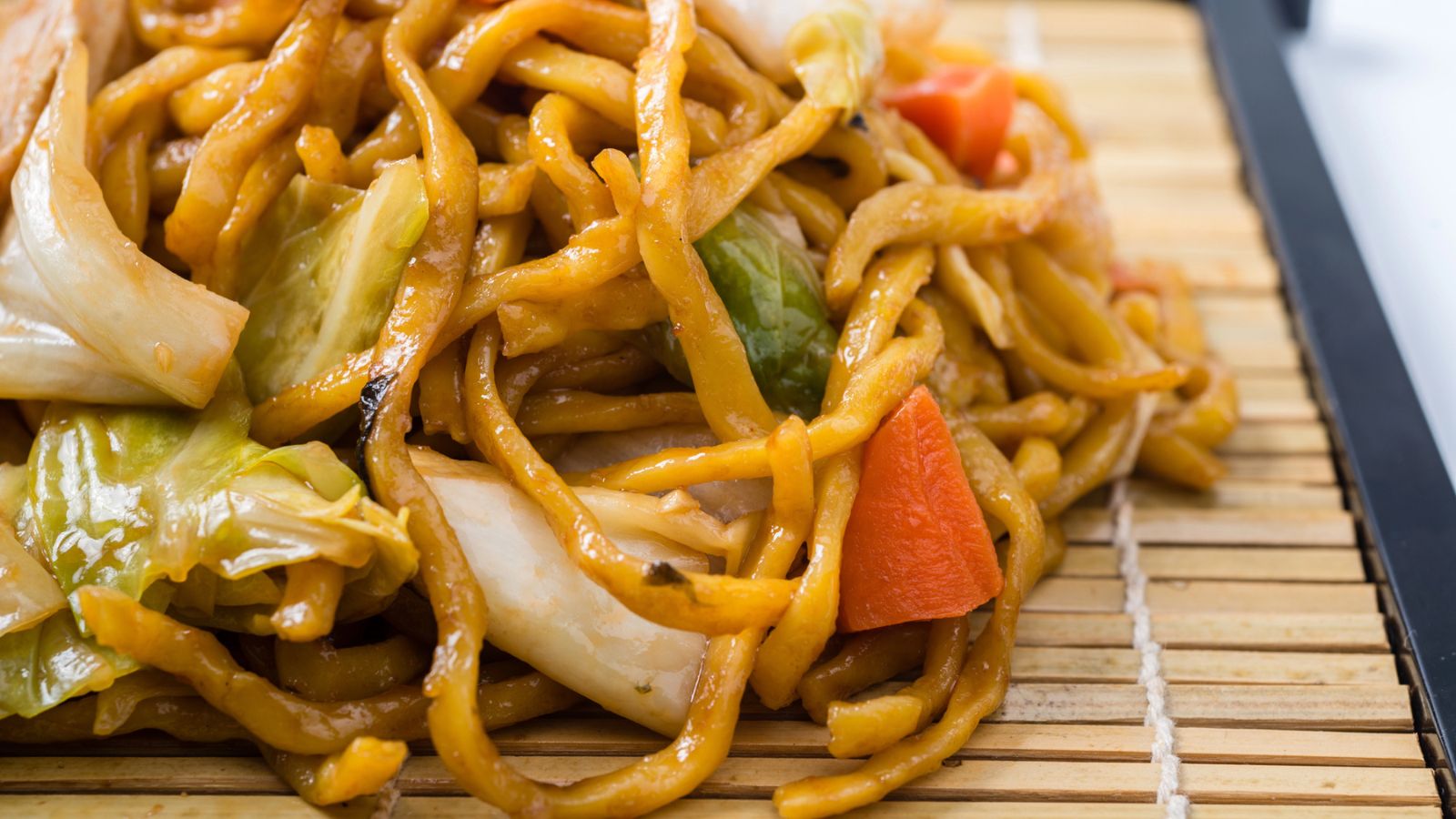



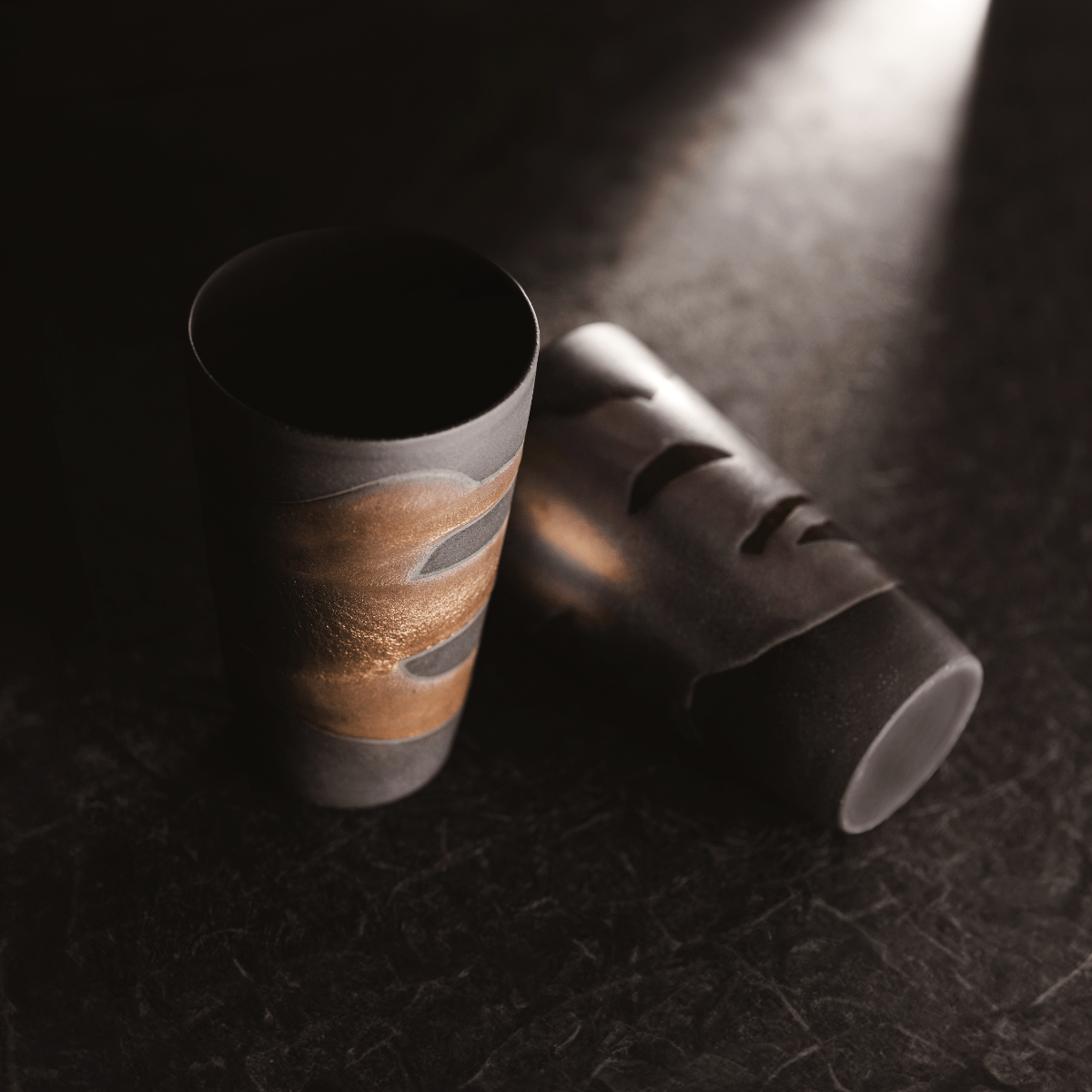
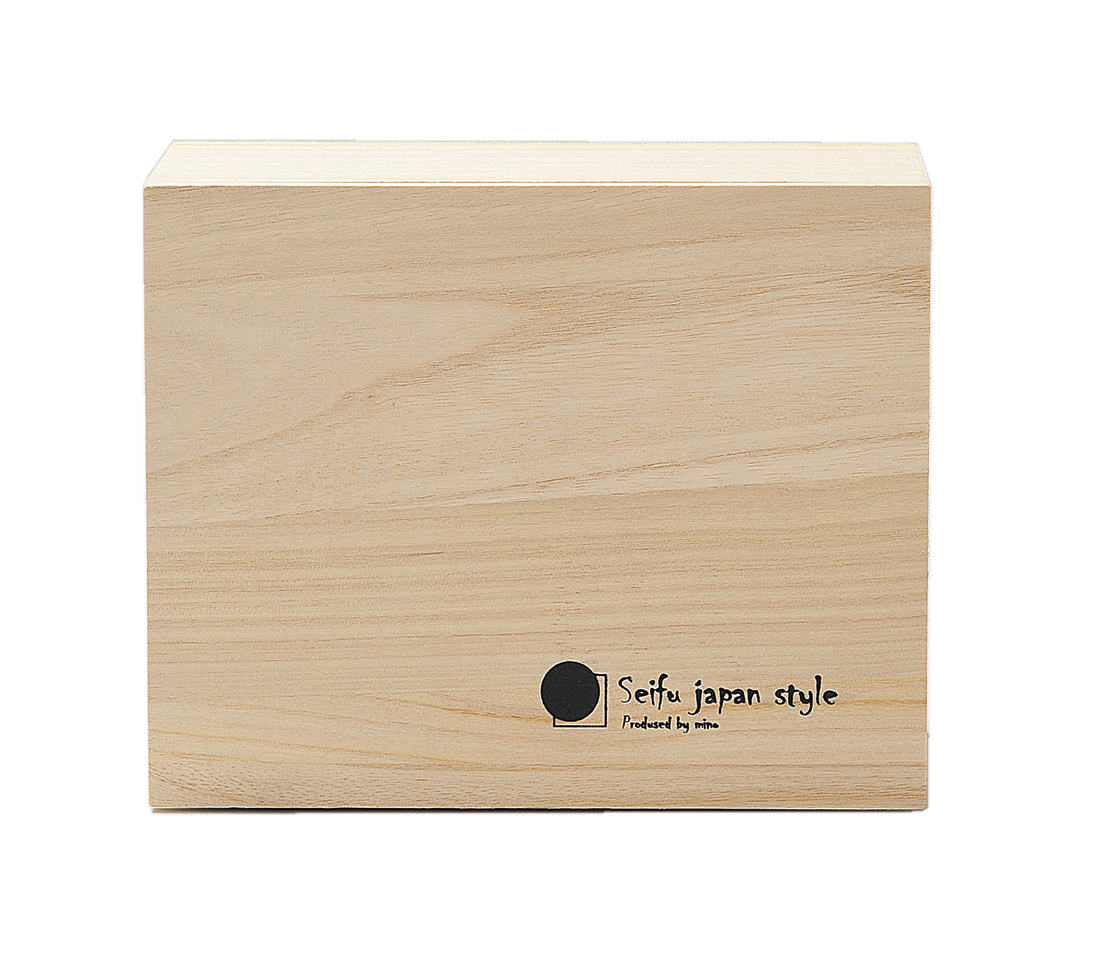



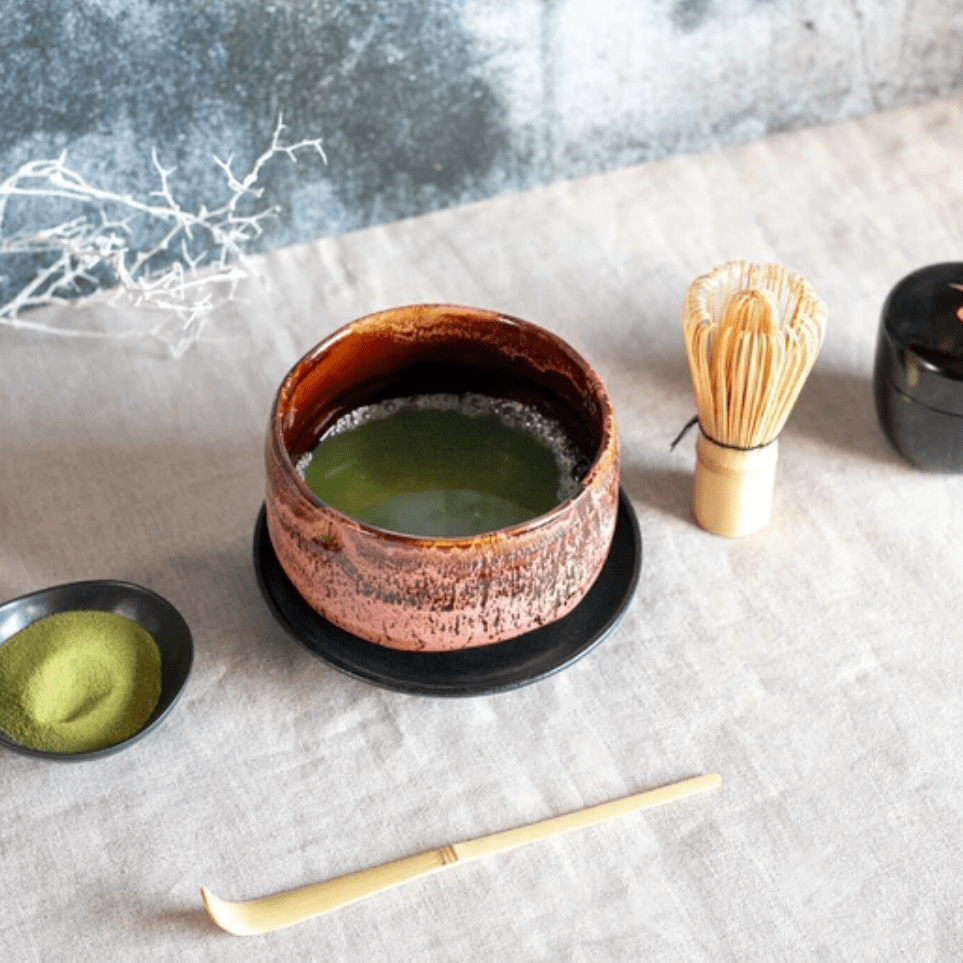

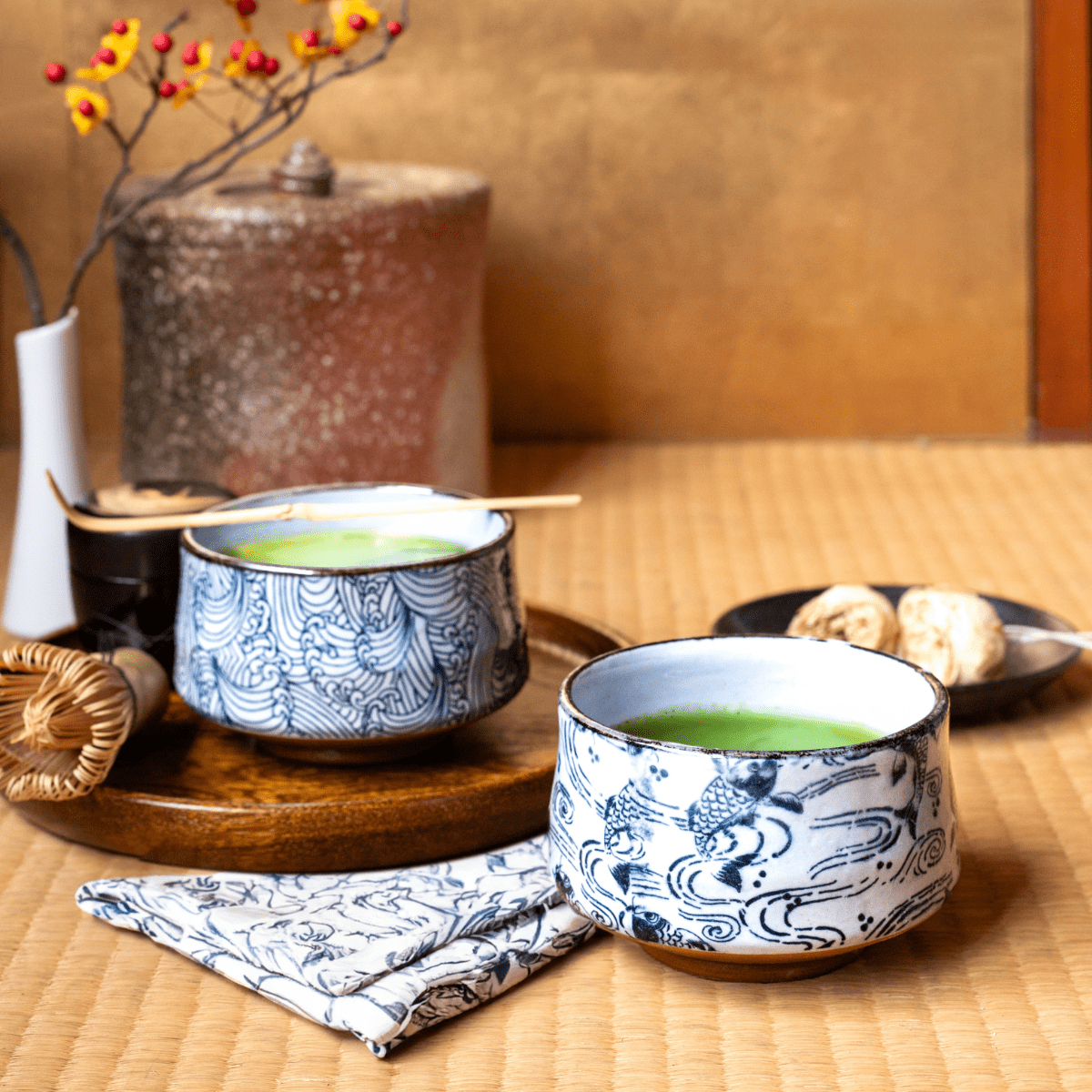

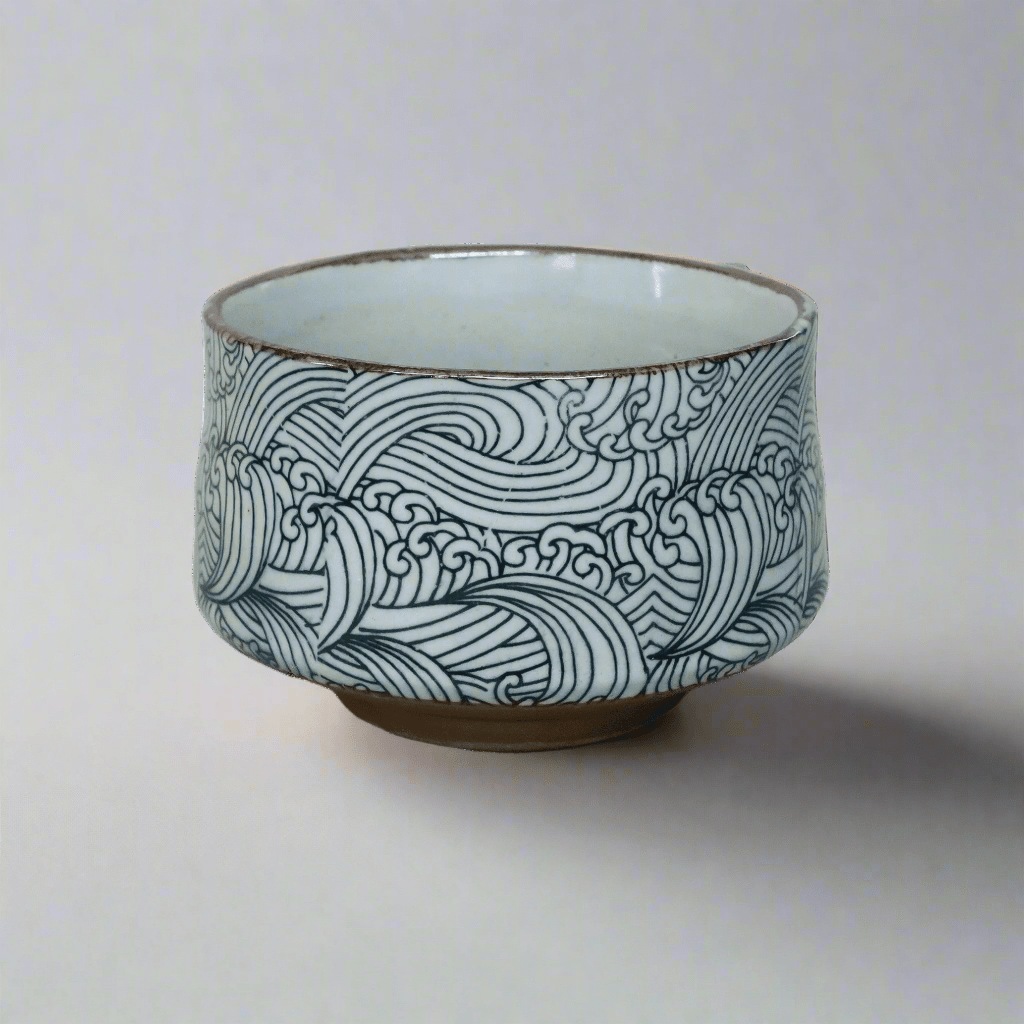

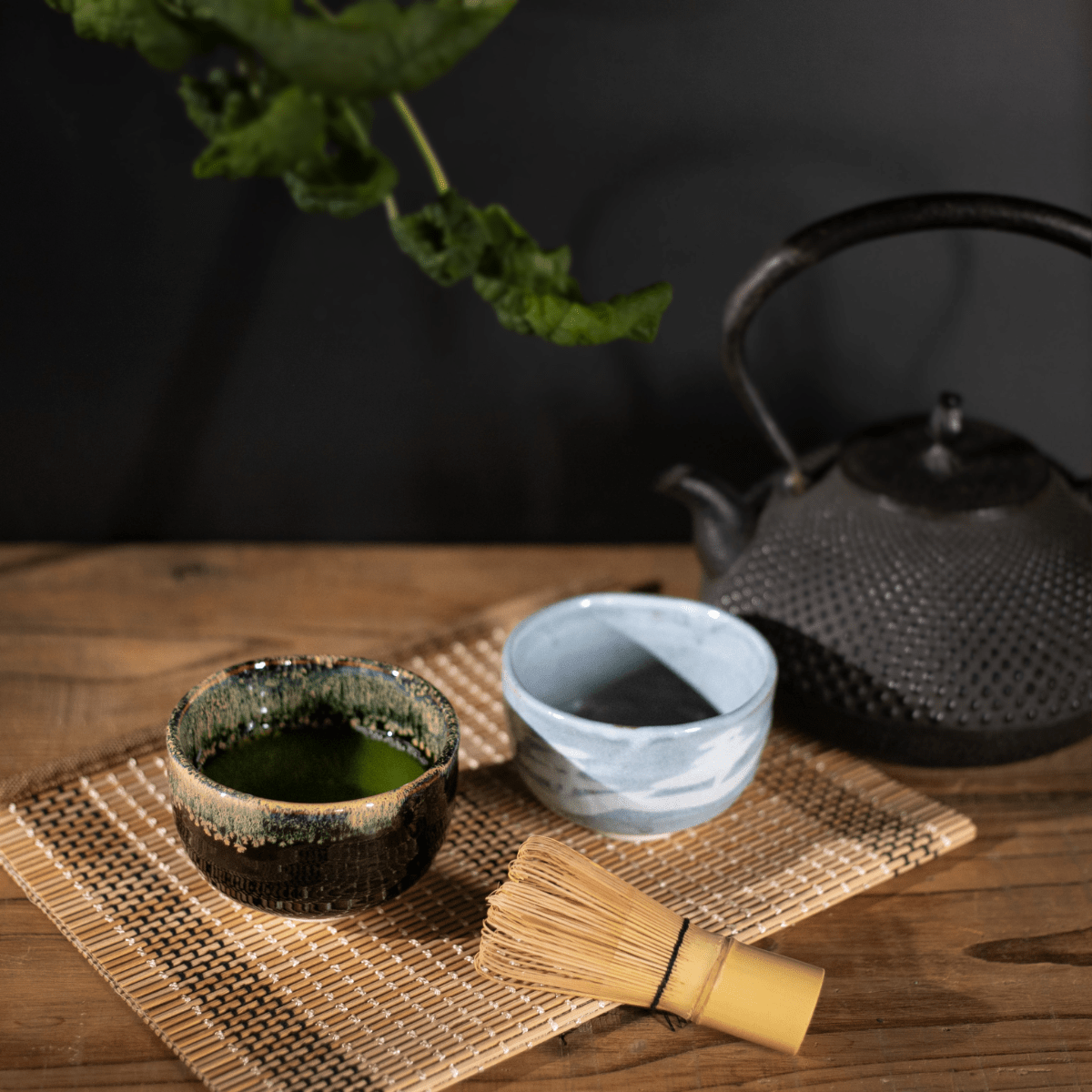
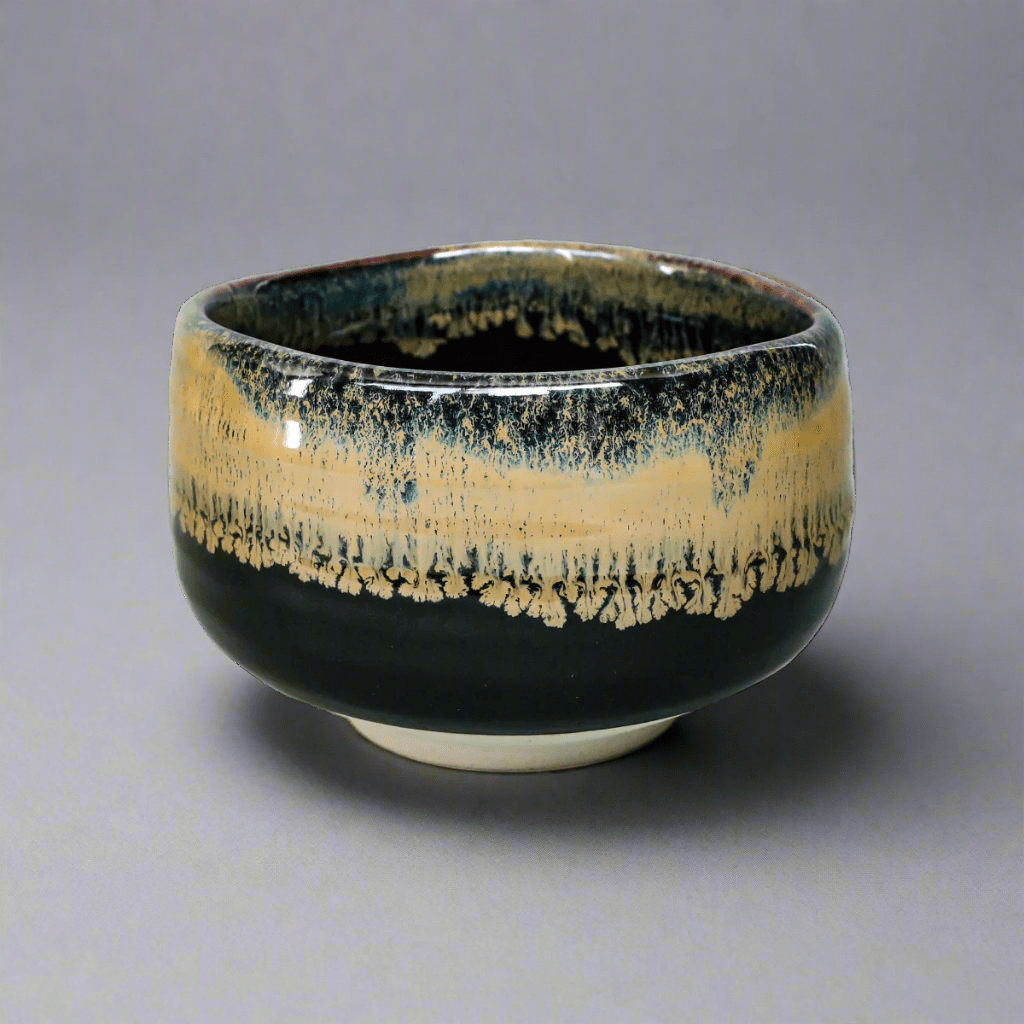
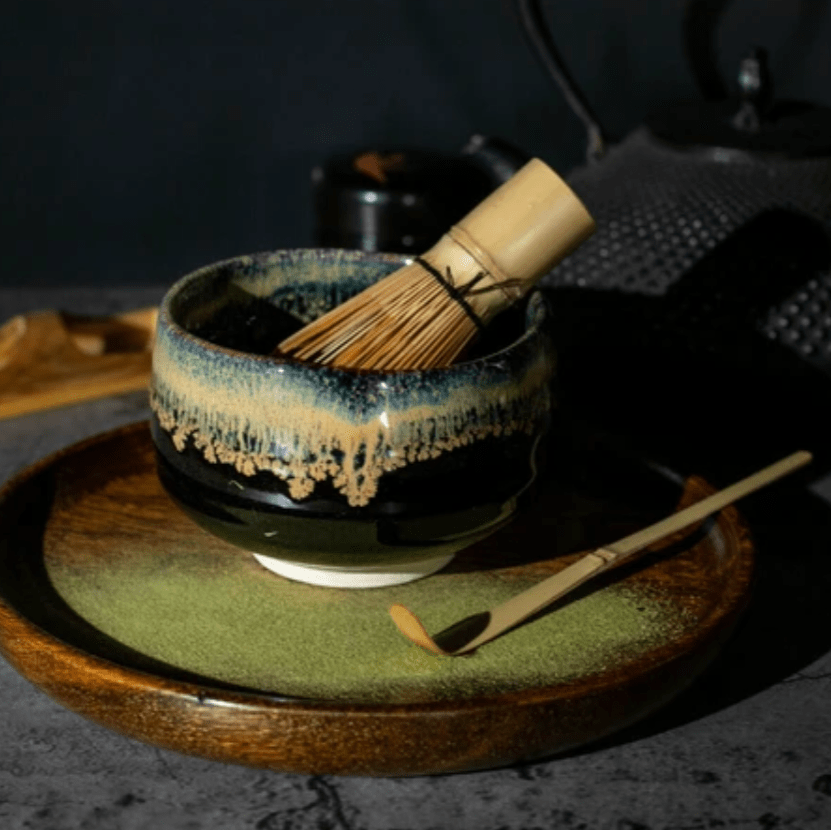
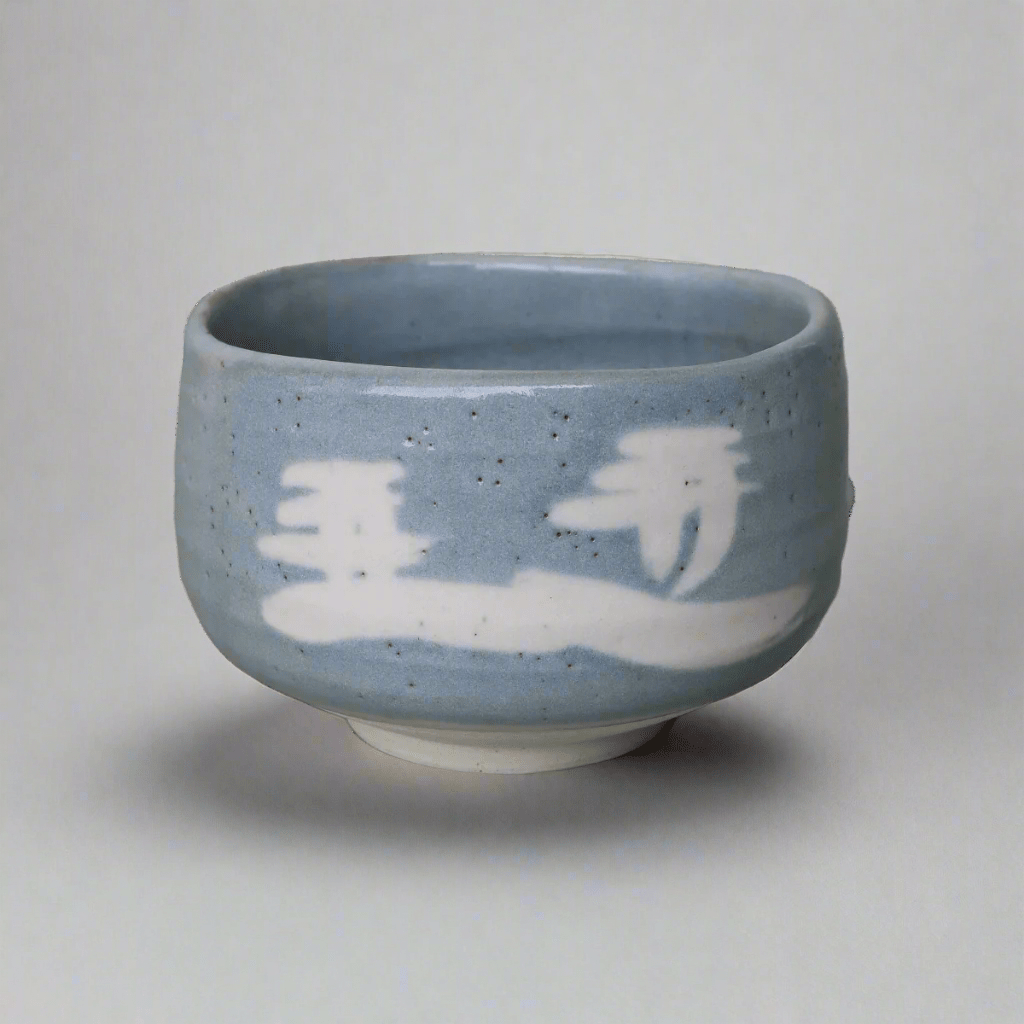

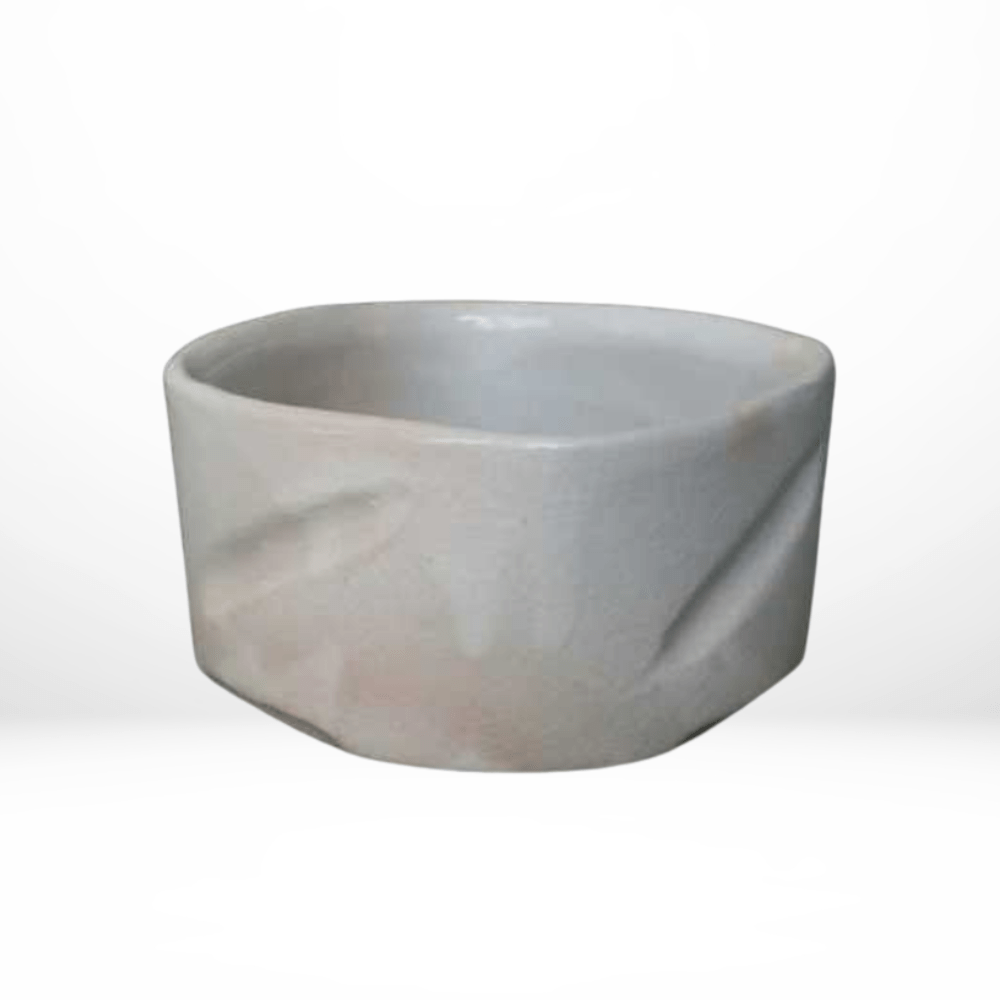
Share: